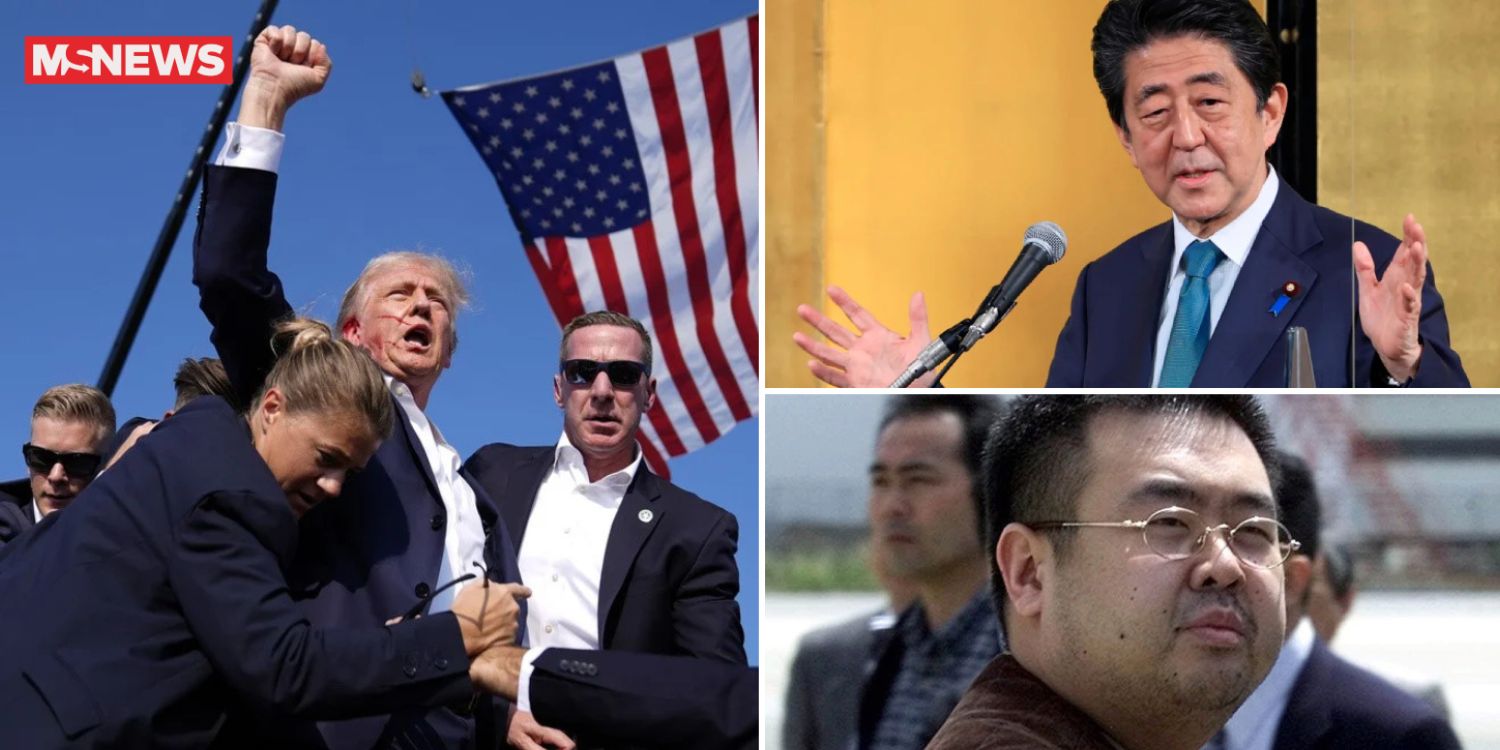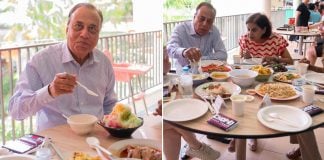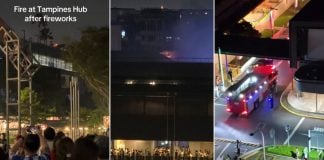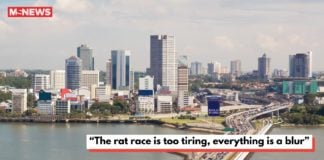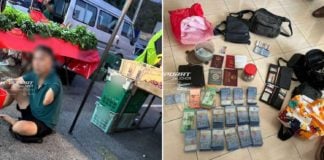Assassination attempts, both successful and failed, on political figures
Due to their power, political leaders have historically faced attempts on their lives via assassination.
Some attempts have been successful, such as in November 1963 when a shooter ended the life of former US president John F Kennedy.
Other assassinations, like the one on former Japanese prime minister Shinzo Abe in 2022, were conducted after their term as leader had ended.
Here, we detail eight assassinations, both attempted and successful, on political figures over history.
1. Failed assassination of Donald Trump (2024)
On 14 July 2024, during a campaign rally in Pennsylvania, former president Donald Trump was attacked by a gunman wielding an AR-15-style rifle.
Donald Trump shot at during rally in Pennsylvania: 5 things you need to know
A bullet grazed Mr Trump’s right ear while Secret Service officers swarmed the stage to ensure his safety.
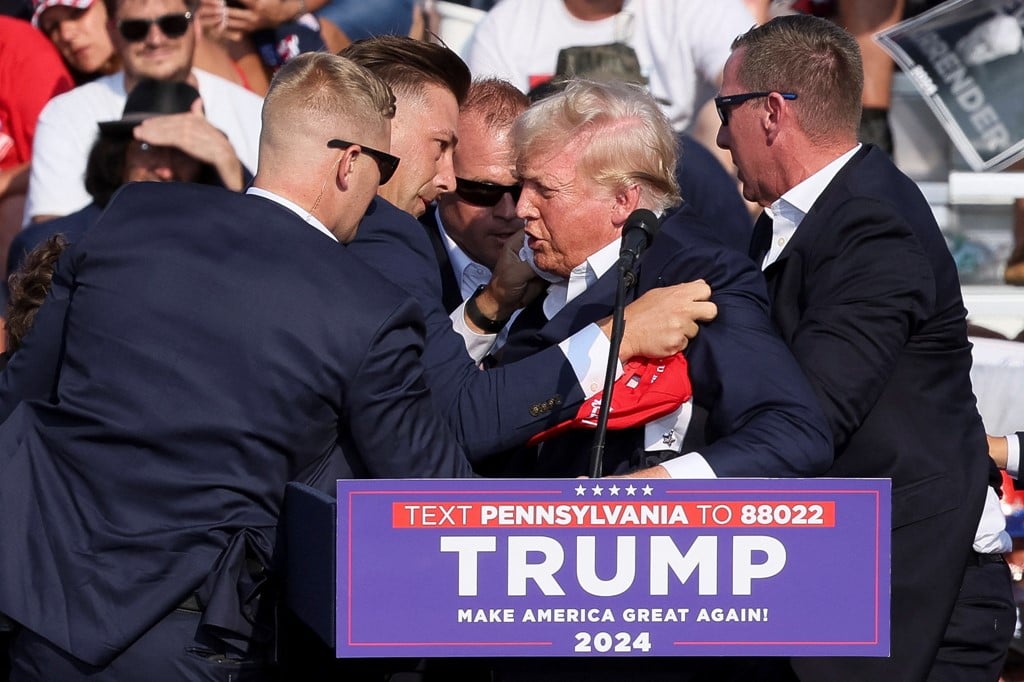
Source: Sky News
Meanwhile, one bystander was killed and two others were critically injured.
The gunman, identified by the FBI as Thomas Matthew Crooks of Betel Park, Pennsylvania, was shot dead by Secret Service officers.
A motive has not been established at the time of writing.
2. Assassination of Shinzo Abe (2022)
Former Japanese prime minister Shinzo Abe was assassinated while delivering a campaign speech on 8 July 2022.
Mr Abe was the prime minister of Japan for two terms — from 2006 to 2007 and 2012 to 2020.
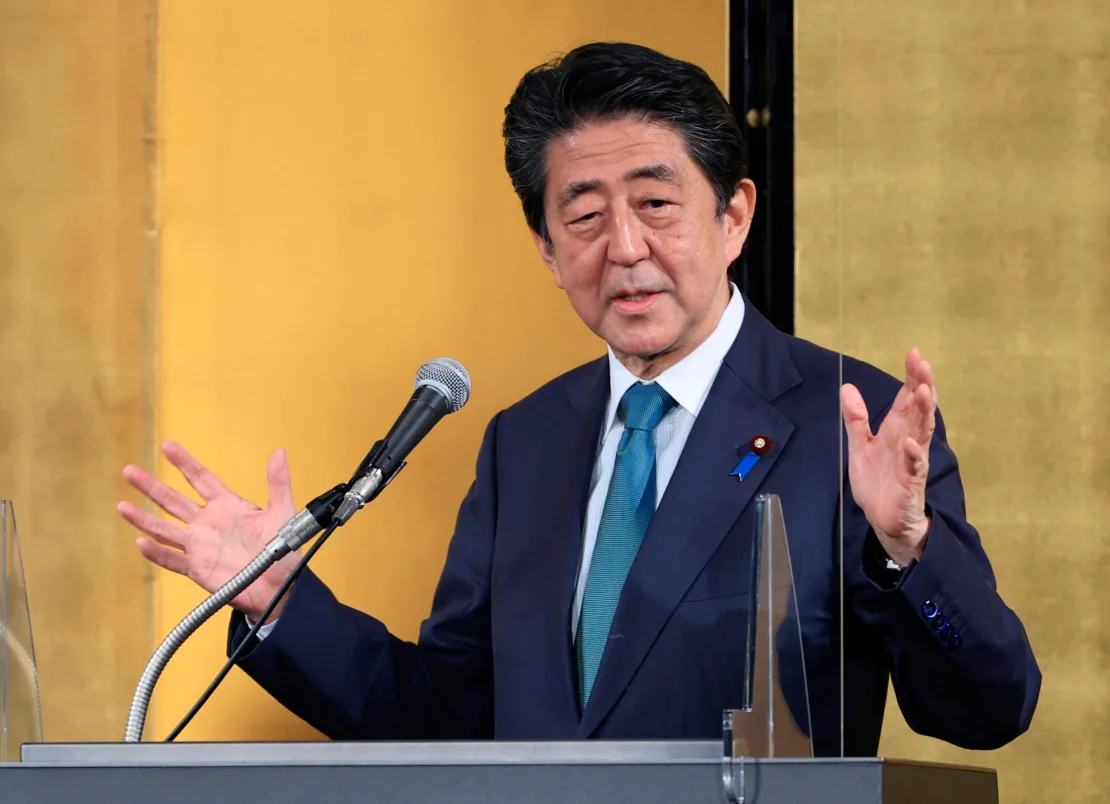
Source: AP via CNN
The suspect, Tetsuya Yamagami, fired two shots from a homemade firearm, wounding Mr Abe fatally.
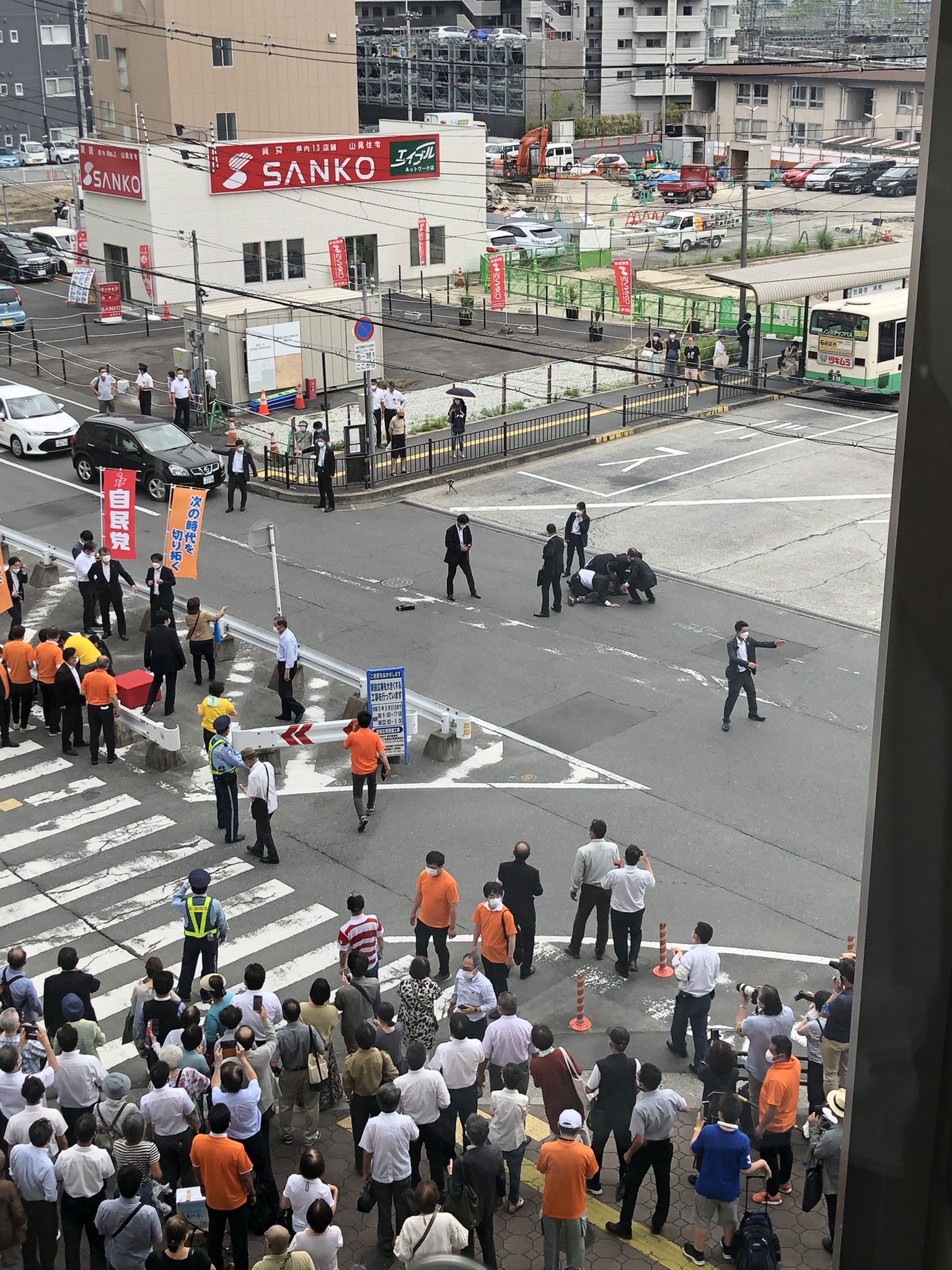
Source: @Yu__GoChi819 on X
According to the 41-year-old suspect, he held a grudge against the Unification Church, which he said Mr Abe had connections to.
Yamaguchi claimed his mother had made substantial donations to the church that bankrupted his family, ruining his life.
He also claimed that Mr Abe, along with his grandfather Nobusuke Kishi, also a former prime minister, had spread the church’s influence in Japan, according to FNN.
The Unification Church has since been ordered to dissolve in Japan by the authorities, after investigations revealed that the church’s practice of fund-raising activities and pressuring followers to make donations violated the law.
3. John F. Kennedy murder (1963)
The assassination attempt on Mr Trump is the latest in a long line of shootings associated with former national leaders of the United States.
One of the most famous assassinations involved the 35th US president, John F Kennedy. He was president between 1961 to 1963.

Source: Britannica
While riding in a presidential motorcade through Dealey Plaza in Dallas, Texas on 22 Nov 1963, Mr Kennedy was shot by Lee Harvey Oswald from a nearby building.
He fired a total of three bullets, one striking Mr Kennedy in the head and another in the back.
Mr Kennedy was rushed to Parkland Memorial Hospital, where he was pronounced dead at 1pm.

Source: MedPage Today
Oswald — a former US Marine who had previously proclaimed himself to be a Marxist and lived in the Soviet Union before returning to the US in 1962 — was fatally shot two days later at the Dallas Police Headquarters while he was being transported to a county jail.
The assailant, nightclub owner Jack Ruby, was immediately arrested and sentenced to death.
In 1964, the Warren Commission concluded that Oswald had acted alone.
Almost all of the classified documents surrounding Mr Kennedy’s assassination were released last year.
4. Attempt on Fumio Kishida’s life (2023)
Japanese prime minister Fumio Kishida was giving a speech in Wakayama city on 15 April 2023 when an explosive, described as being akin to a pipe bomb, was thrown in his direction.
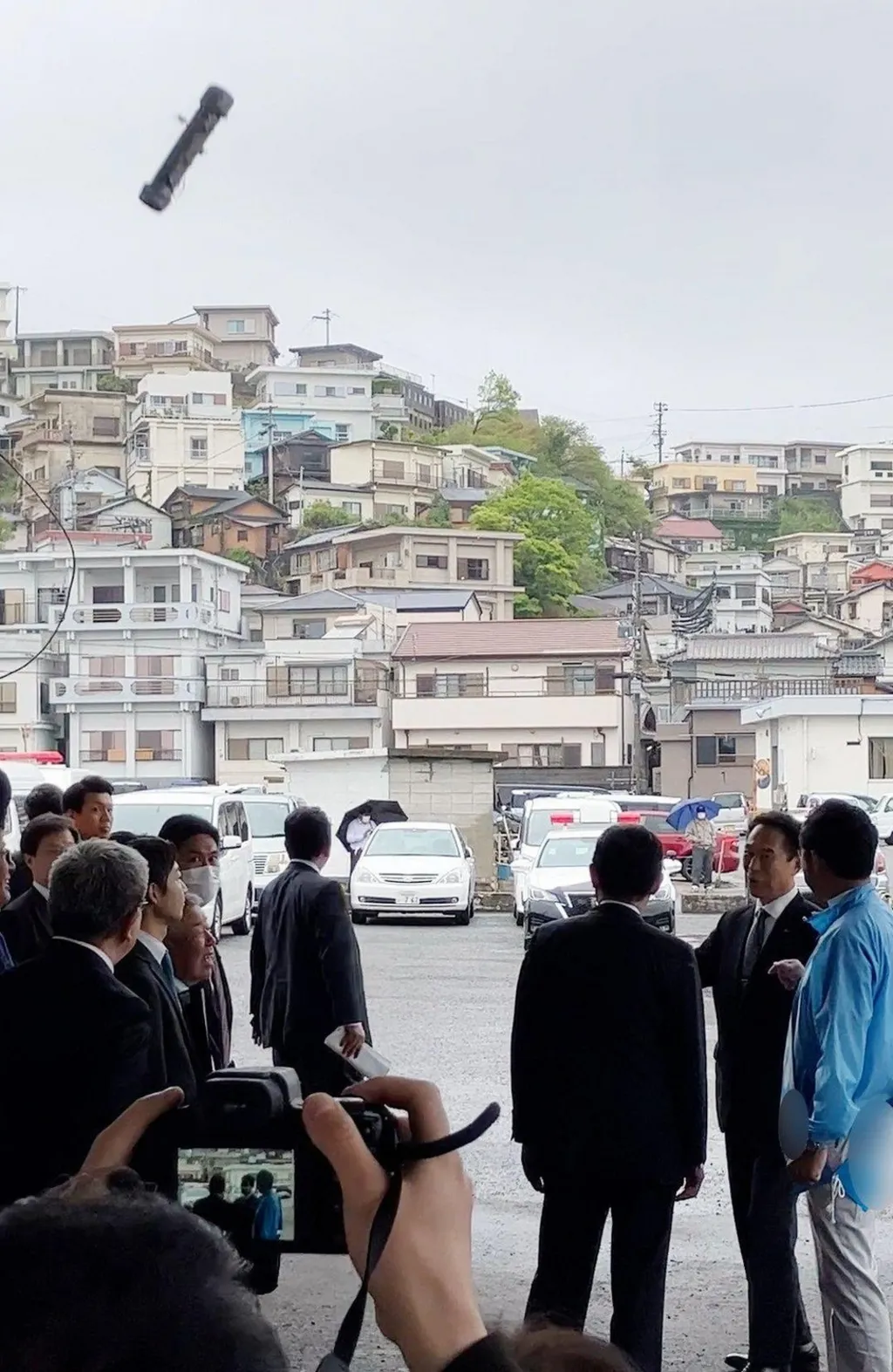
Source: BBC
Kishida was unharmed and the assailant was quickly apprehended, apparently by a fisherman who’d been standing next to him.
Ryuji Kimura, 24, was charged with attempted murder following the incident. Reports noted that the assailant harboured hopes of becoming a politician and was unhappy with the Government.
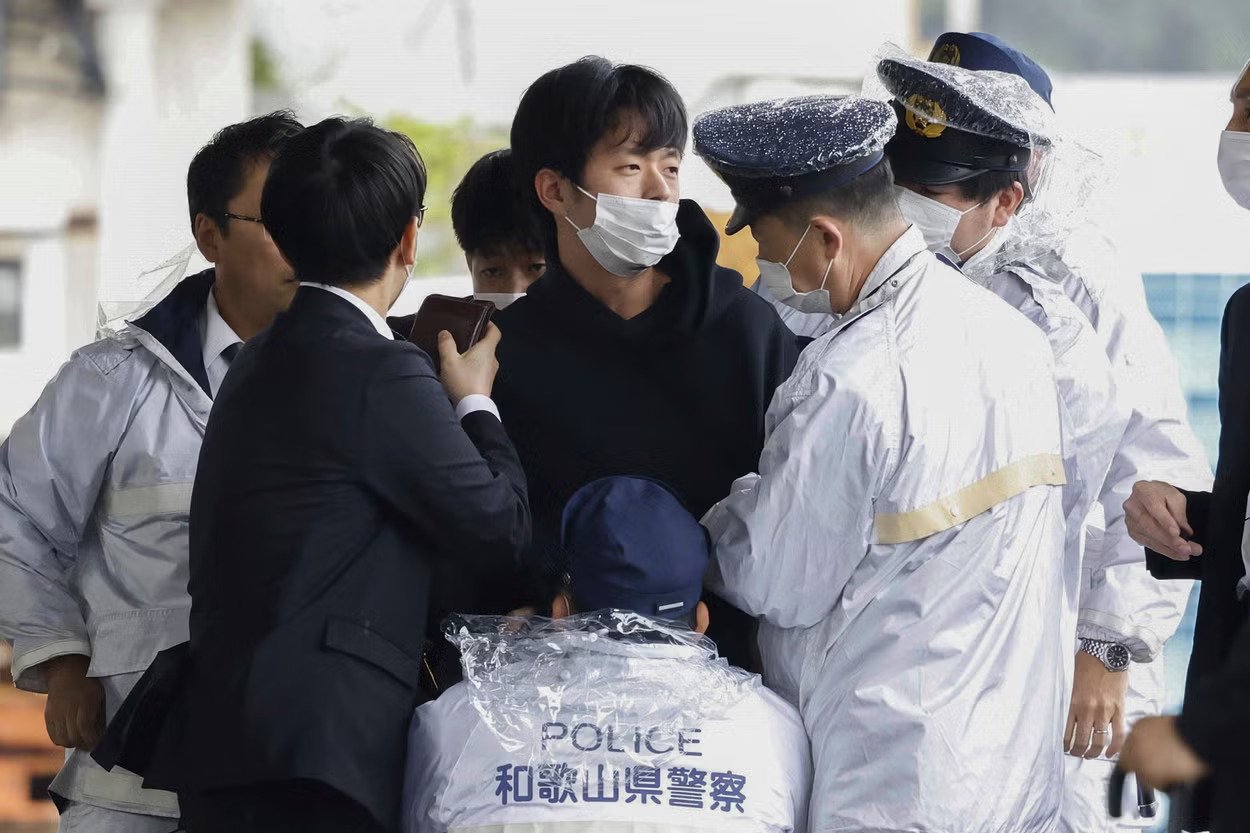
Source: AP via The Independent UK
5. Murder of Park Chung-hee (1979)
Former South Korean president Park Chung-hee was shot by the director of the Korean Central Intelligence Agency (KCIA) on 26 October 1979.
Mr Park — who was previously a general in the Korean army — governed South Korea from 1963 to his death.
Though the country prospered economically during his leadership, he was known for installing the authoritarian Yushin (“Revitalization Reform”) order in 1972 which gave him far-reaching powers.
His assassination in 1979 was done by his “close friend” and the head of KCIA, Kim Jae-gyu.
During a private dinner in Seoul, Kim shot Mr Park in the head and chest.
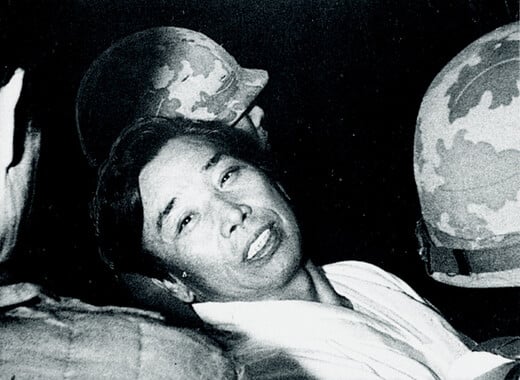
Source: Hankyoreh
Mr Park’s chief bodyguard, Cha Ji-chul, was also among the six fatalities that fateful night.
During his trial, Kim claimed that he wanted to restore democracy in South Korea.
Following a government investigation, Kim was sentenced, along with four KCIA aides, to death.
Controversy surrounds the investigation, as Kim’s family alleged that he was tortured and called for a retrial.
6. Stabbing of Lee Jae-myung (2024)
Following Mr Park’s assassination in 1979, there have been scattered incidents of further attempts made on other leaders in South Korea.
The most recent being a knife attack on leader of the Democratic Party of Korea Lee Jae-myung.
At around 10.27am on 2 January 2024, Mr Lee was holding a press conference in Busan when he was ambushed.
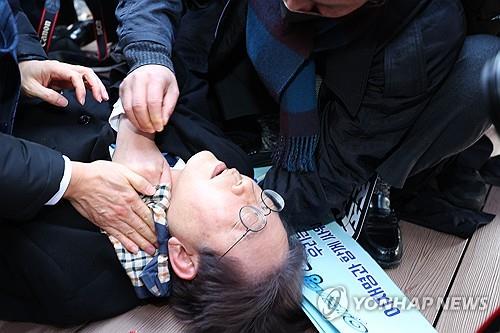
Source: Yonhap News
The assailant, a 67-year-old man named Kim Jin-sung, had approached Mr Lee and asked for his autograph, following which he stabbed him in the neck.
Mr Lee was rushed to Seoul National University Hospital by helicopter while conscious. Reports indicated that he’d suffered a 1cm laceration to the neck.
He then underwent emergency surgery that “took longer than expected”, but survived.
The suspect did not reveal why he had tried to kill Lee.
Mr Lee had run for president in 2022 but lost to Yoon Suk-yeol in a vote that came down to the wire.
7. Shooting of Indira Gandhi (1984)
On 31 Oct 1984, former Indian prime minister Indira Gandhi was assassinated by her own bodyguards.
The country’s third and only female prime minister was walking out of her house to her office when Beant Singh — a long-time member of her security detail — shot her in her abdomen with a revolver.
He then fired four more shots before Satwant Singh — a newer recruit — shot her repeatedly with a Sten gun.
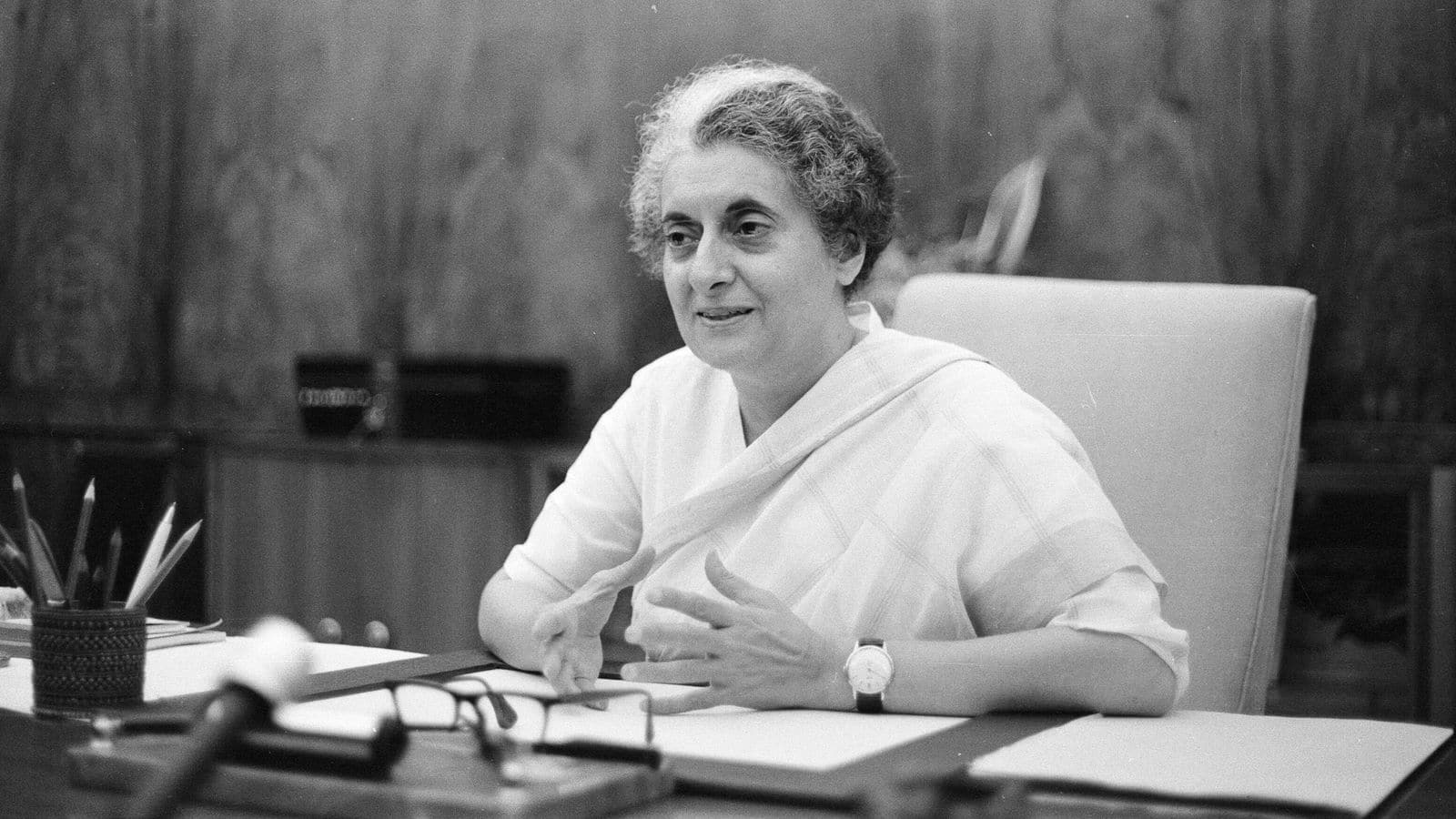
Source: Getty Images via Mint
Indira Gandhi’s assassination happened after Operation Blue Star, a military operation that saw the deaths of Sikh pilgrims, civilians and, soldiers at the Golden Temple of Harmandir Sahib in Amritsar, Punjab.
Both Beant and Satwant Singh were arrested after the incident.
While the former was shot dead while in custody, Satwant Singh was executed on 6 January 1989.
Indira Gandhi’s murder had also triggered mobs of violence against Sikhs which lasted four days.
8. Assassination of Kim Jong Nam (2017)
Kim Jong Nam, the eldest son of deceased North Korean leader Kim Jong-il, was living in exile after he fell out of favour with the North Korean regime in 2001.
On 13 February 2017, he was attacked by two women, Siti Aisyah from Indonesia and Doan Thi Huong from Vietnam, while waiting for a flight at the Kuala Lumpur International Airport.
The women smeared his face with VX nerve agent, a banned chemical weapon, before walking off.
Reports, including experts, indicate that North Korean agents were involved in his assassination due to the weapon used.
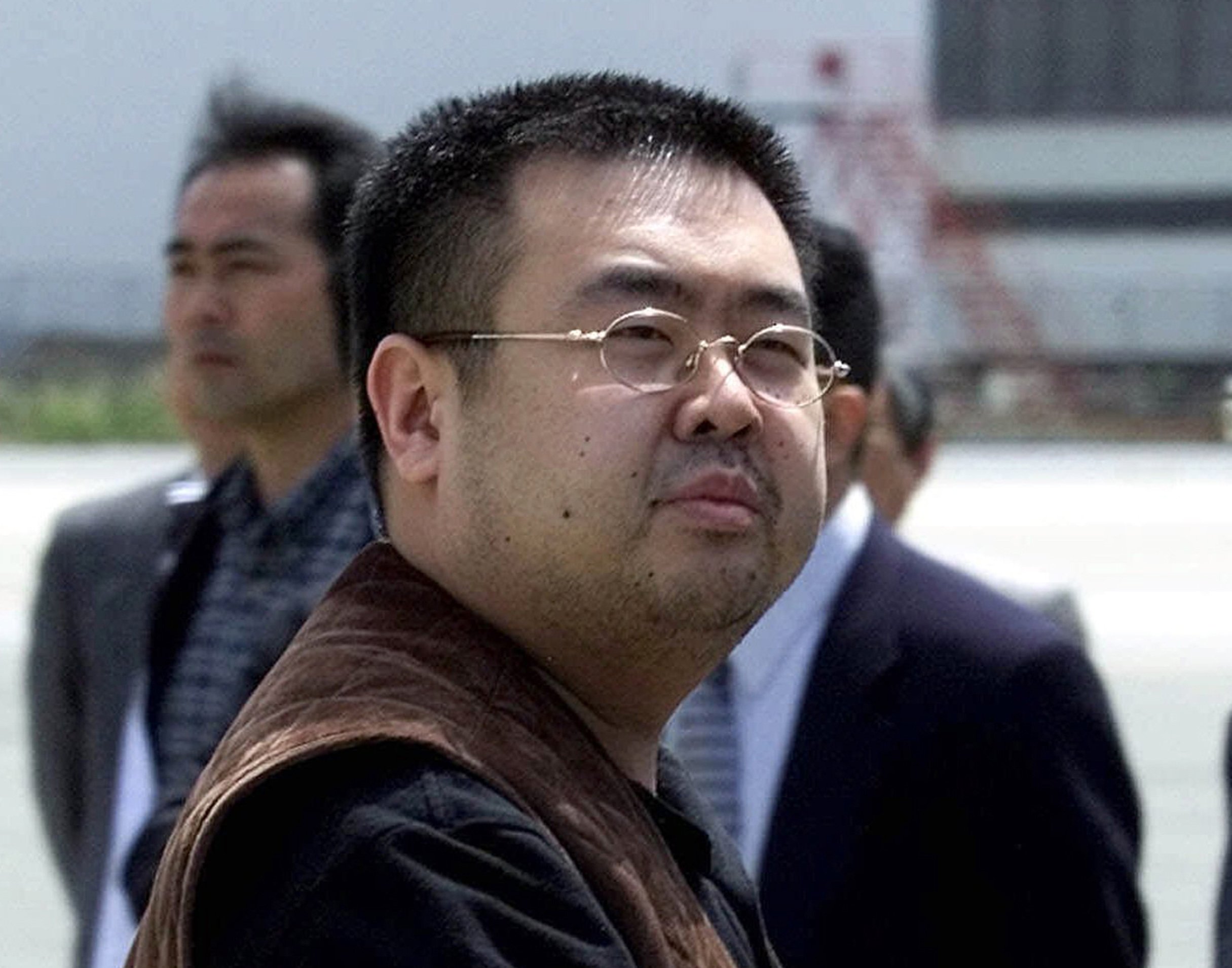
Source: AP via NPR
Kim Jong Nam died while on the way to the hospital. Both women were later arrested and charged with murder.
In March 2019 Siti Aisyah’s charges were dropped. Meanwhile, Doan received a lesser charge of voluntarily causing hurt by dangerous weapons or means.
Doan received a jail sentence of three years and four months and was released on 3 May 2019.

Source: AP via NPR
She said in a subsequent interview with JAPAN Forward that she had been recruited at a North Korean restaurant in Hanoi, Vietnam to be an actress.
She was subsequently told to go to the KL airport to make a “funny video”, wherein she’d go up to a target the “director” picked and cover his face, before saying “sorry” and leaving.
Have news you must share? Get in touch with us via email at news@mustsharenews.com.
Featured image adapted from Sky News, AP via NPR, and AP via CNN.
